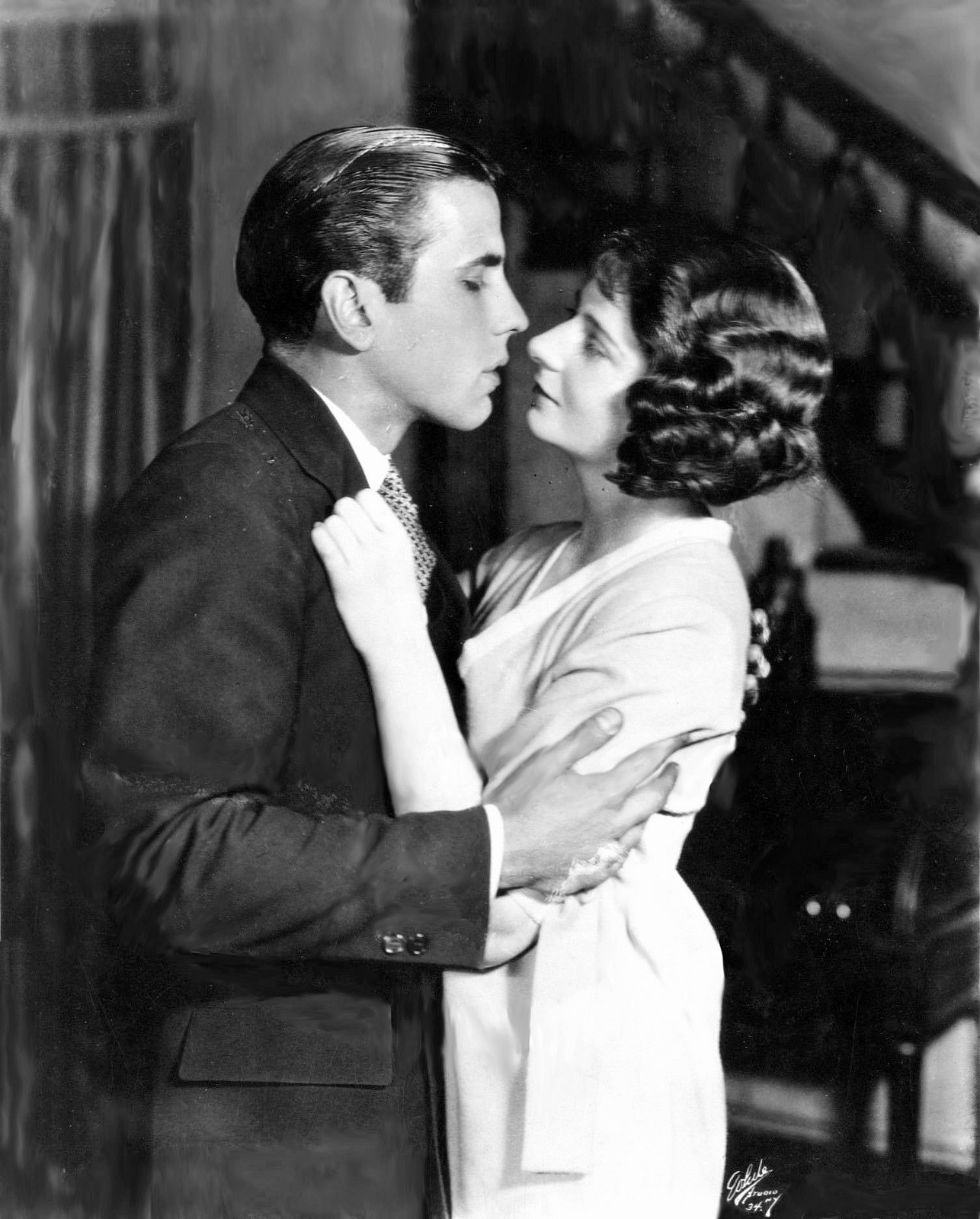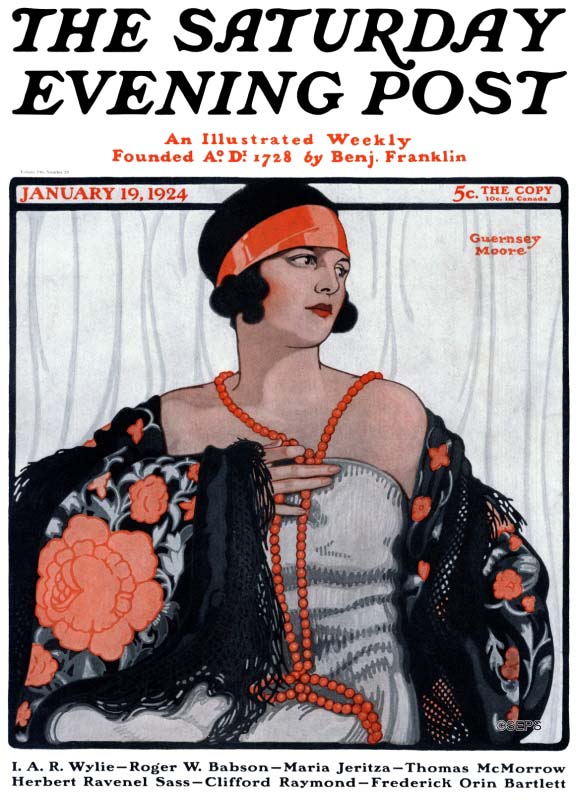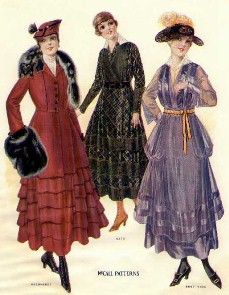|
Ted Key
Ted Key (born Theodore Keyser; August 25, 1912 – May 3, 2008) ''The New York Times'', May 8, 2008 was an American cartoonist and writer. He is best known as the creator of the cartoon panel ''Hazel (comic strip), Hazel'', which was later the basis for a Hazel (TV series), television series of the same name, and also the creator of the ''Mister Peabody, Peabody's Improbable History'' animated segments. College to cartoons Born in Fresno, California, Key was the son of Latvian immigrant Simon Keyser, who had changed his name from Katseff to Keyser, and then to "Key" during World War I. Though his family thereafter went by Key, Theodore Keyser did not legally adopt the name until the 1950s. Attending the University of California, Berkeley, Key became the art editor of the student newspaper, ' ...[...More Info...] [...Related Items...] OR: [Wikipedia] [Google] [Baidu] |
Shirley Booth
Shirley Booth (born Marjory Ford; August 30, 1898October 16, 1992) was an American actress. One of only 24 performers to achieve the Triple Crown of Acting, Booth was the recipient of an Academy Award, two Primetime Emmy Awards and three Tony Awards. Primarily a theater actress, Booth began her career on Broadway in 1925. Her most significant success was as Lola Delaney, in the drama '' Come Back, Little Sheba'', for which she received her second Tony Award in 1950 (she would go on to win three). She made her film debut, reprising her role in the 1952 film version, for which she won the Academy Award for Best Actress and the Golden Globe Award for Best Actress for her performance. Despite her successful entry into films, she preferred acting on the stage, and made only four more films. From 1961 to 1966, she played the title role in the sitcom '' Hazel'', for which she won two Primetime Emmy Awards. She was later acclaimed for her performance in the 1966 television production ... [...More Info...] [...Related Items...] OR: [Wikipedia] [Google] [Baidu] |
Fraternity
A fraternity (from Latin ''frater'': "brother"; whence, " brotherhood") or fraternal organization is an organization, society, club or fraternal order traditionally of men associated together for various religious or secular aims. Fraternity in the Western concept developed in the Christian context, notably with the religious orders in the Catholic Church during the Middle Ages. The concept was eventually further extended with medieval confraternities and guilds. In the early modern era, these were followed by fraternal orders such as Freemasons and Odd Fellows, along with gentlemen's clubs, student fraternities, and fraternal service organizations. Members are occasionally referred to as a ''brother'' or – usually in a religious context – ''Frater'' or ''Friar''. Today, connotations of fraternities vary according to context including companionships and brotherhoods dedicated to the religious, intellectual, academic, physical, or social pursuits of its members. Addit ... [...More Info...] [...Related Items...] OR: [Wikipedia] [Google] [Baidu] |
The Saturday Evening Post
''The Saturday Evening Post'' is an American magazine, currently published six times a year. It was issued weekly under this title from 1897 until 1963, then every two weeks until 1969. From the 1920s to the 1960s, it was one of the most widely circulated and influential magazines within the American middle class, with fiction, non-fiction, cartoons and features that reached two million homes every week. The magazine declined in readership through the 1960s, and in 1969 ''The Saturday Evening Post'' folded for two years before being revived as a quarterly publication with an emphasis on medical articles in 1971. As of the late 2000s, ''The Saturday Evening Post'' is published six times a year by the Saturday Evening Post Society, which purchased the magazine in 1982. The magazine was redesigned in 2013. History Rise ''The Saturday Evening Post'' was first published in 1821 in the same printing shop at 53 Market Street in Philadelphia where the Benjamin Franklin-founded '' Penn ... [...More Info...] [...Related Items...] OR: [Wikipedia] [Google] [Baidu] |
Look (American Magazine)
''Look'' was a biweekly, general-interest magazine published in Des Moines, Iowa, from 1937 to 1971, with editorial offices in New York City. It had an emphasis on photographs and photojournalism in addition to human interest and lifestyle articles. A large-sized magazine of , it was a direct competitor to market leader ''Life'', which began publication months earlier and ended in 1972, a few months after ''Look'' shut down. Origin Gardner "Mike" Cowles Jr. (1903–1985), the magazine's co-founder (with his brother John) and first editor, was executive editor of ''The Des Moines Register'' and '' The Des Moines Tribune''. When the first issue went on sale in early 1937, it sold 705,000 copies. Although planned to begin with the January 1937 issue, the actual first issue of ''Look'' to be distributed was the February 1937 issue, numbered as Volume 1, Number 2. It was published monthly for five issues (February–May 1937), then switched to biweekly starting with the May 11, ... [...More Info...] [...Related Items...] OR: [Wikipedia] [Google] [Baidu] |
Mademoiselle (magazine)
''Mademoiselle'' was a women's magazine first published in 1935 by Street and Smith and later acquired by Condé Nast Publications. ''Mademoiselle'', primarily a fashion magazine, was also known for publishing short stories by noted authors including Truman Capote, Joyce Carol Oates, William Faulkner, Tennessee Williams, James Baldwin (writer), James Baldwin, Flannery O'Connor, Sylvia Plath, Paul Bowles, Jane Bowles, Jane Smiley, Mary Gordon (writer), Mary Gordon, Paul Theroux, Sue Miller, Barbara Kingsolver, Perri Klass, Mona Simpson, Alice Munro, Harold Brodkey, Pam Houston, Jean Stafford, and Susan Minot. Julia Cameron was a frequent columnist. The art director was Barbara Kruger. In 1952, Sylvia Plath's short story "Sunday at the Mintons" won first prize and $500, as well as publication in the magazine. Her experiences during the summer of 1953 as a guest editor at ''Mademoiselle'' provided the basis for her novel, ''The Bell Jar''. The August 1961 "college issue" of ''Madem ... [...More Info...] [...Related Items...] OR: [Wikipedia] [Google] [Baidu] |
TV Guide
TV Guide is an American digital media company that provides television program listings information as well as entertainment and television-related news. The company sold its print magazine division, TV Guide Magazine LLC, in 2008. Corporate history Prototype The prototype of what would become '' TV Guide Magazine'' was developed by Lee Wagner (1910–1993), who was the circulation director of MacFadden Publications in New York City in the 1930s – and later, by the time of the predecessor publication's creation, for Cowles Media Company – distributing magazines focusing on movie celebrities. In 1948, Wagner printed New York City area listings magazine ''The TeleVision Guide'', which was first released on local newsstands on June 14 of that year. Silent film star Gloria Swanson, who then starred of the short-lived variety series ''The Gloria Swanson Hour'', appeared on the cover of the first issue. Wagner later began publishing regional editions of ''The TeleVision ... [...More Info...] [...Related Items...] OR: [Wikipedia] [Google] [Baidu] |
Cosmopolitan (magazine)
''Cosmopolitan'' is an American monthly fashion and entertainment magazine for women, first published based in New York City in March 1886 as a family magazine; it was later transformed into a literary magazine and, since 1965, has become a women's magazine. ''Cosmopolitan'' is one of the best-selling magazines and is directed mainly towards a female audience. Jessica Pels is the magazine's current editor-in-chief. Formerly titled ''The Cosmopolitan'' and often referred to as ''Cosmo'', throughout the years, ''Cosmopolitan'' has adapted its style and content. Its current incarnation was originally marketed as a woman's fashion magazine with articles on home, family, and cooking. Eventually, editor-in-chief Helen Gurley Brown changed its attention to more of a women empowerment magazine. Nowadays, its content includes articles discussing relationships, sex, health, careers, self-improvement, celebrities, fashion, horoscopes, and beauty. ''Cosmopolitan'' is published by New Yo ... [...More Info...] [...Related Items...] OR: [Wikipedia] [Google] [Baidu] |
McCall's
''McCall's'' was a monthly American women's magazine, published by the McCall Corporation, that enjoyed great popularity through much of the 20th century, peaking at a readership of 8.4 million in the early 1960s. It was established as a small-format magazine called ''The Queen'' in 1873. In 1897 it was renamed ''McCall's Magazine—The Queen of Fashion'' (later shortened to ''McCall's'') and subsequently grew in size to become a large-format glossy. It was one of the " Seven Sisters" group of women's service magazines. ''McCall's'' published fiction by such well-known authors as Alice Adams, Lester Atwell, Ray Bradbury, Gelett Burgess, Willa Cather, Jack Finney, F. Scott Fitzgerald, Barbara Garson, John Steinbeck, Tim O'Brien, Tony J. Caridi, Anne Tyler and Kurt Vonnegut. Features From June 1949 until her death in November 1962, Eleanor Roosevelt wrote a ''McCall's'' column, "If You Ask Me". The former First Lady gave brief answers to questions sent into the magazine. Sta ... [...More Info...] [...Related Items...] OR: [Wikipedia] [Google] [Baidu] |
Good Housekeeping
''Good Housekeeping'' is an American women's magazine featuring articles about women's interests, product testing by The Good Housekeeping Institute, recipes, diet, and health, as well as literary articles. It is well known for the "Good Housekeeping Seal", a limited warranty program that is popularly known as the "Good Housekeeping Seal of Approval". ''Good Housekeeping'' was founded in 1885 by American publisher and poet Clark W. Bryan. By the time of its acquisition by the Hearst Corporation in 1911, the magazine had grown to a circulation of 300,000 subscribers. By the early 1960s, it had over 5 million subscribers and was one of the world's most popular women's magazines. History and profile On May 2, 1885, Clark W. Bryan founded ''Good Housekeeping'' in Holyoke, Massachusetts as a fortnightly magazine. The magazine became a monthly publication in 1891. The magazine achieved a circulation of 300,000 by 1911, at which time it was bought by the Hearst Corporation. It ... [...More Info...] [...Related Items...] OR: [Wikipedia] [Google] [Baidu] |
Ladies' Home Journal
''Ladies' Home Journal'' was an American magazine last published by the Meredith Corporation. It was first published on February 16, 1883, and eventually became one of the leading women's magazines of the 20th century in the United States. In 1891, it was published in Philadelphia by the Curtis Publishing Company. In 1903, it was the first American magazine to reach one million subscribers. In the late 20th century, changing tastes and competition from television caused it to lose circulation. Sales of the magazine declined as the publishing company struggled. On April 24, 2014, Meredith announced it would stop publishing the magazine as a monthly with the July issue, stating it was "transitioning ''Ladies' Home Journal'' to a special interest publication". It was then available quarterly on newsstands only, though its website remained in operation. The last issue was published in 2016. ''Ladies' Home Journal'' was one of the Seven Sisters, as a group of women's service mag ... [...More Info...] [...Related Items...] OR: [Wikipedia] [Google] [Baidu] |
The New Yorker
''The New Yorker'' is an American weekly magazine featuring journalism, commentary, criticism, essays, fiction, satire, cartoons, and poetry. Founded as a weekly in 1925, the magazine is published 47 times annually, with five of these issues covering two-week spans. Although its reviews and events listings often focus on the cultural life of New York City, ''The New Yorker'' has a wide audience outside New York and is read internationally. It is well known for its illustrated and often topical covers, its commentaries on popular culture and eccentric American culture, its attention to modern fiction by the inclusion of short stories and literary reviews, its rigorous fact checking and copy editing, its journalism on politics and social issues, and its single-panel cartoons sprinkled throughout each issue. Overview and history ''The New Yorker'' was founded by Harold Ross and his wife Jane Grant, a ''New York Times'' reporter, and debuted on February 21, 1925. Ross wanted t ... [...More Info...] [...Related Items...] OR: [Wikipedia] [Google] [Baidu] |






.png)
